Cold, cruel, impenetrable, abandoned, scored with desperate romance and ill-fated rebellions: modern perceptions of Siberia remain a study in cliché, the everyday bypassed in favor of the sensational. Siberia is a word filled with so many connotations, it is easy to forget about the people who live in its reality. Thirty years after the fall of communism, we are still attached to the dominant images from its past, the mass killing, ecological catastrophes of big industry, and Stalin’s limitless ambitions. Beyond the occasional revolutionary, despotic leader, literary giant, virtuoso pianist, or Bolshoi ballerina, we tend to think of Siberia in general terms rather than specifics. We think of the Soviet collective rather than the individual—as communist ideology always intended.
But what do we really know about this vast blank space on our maps, and the people who inhabit it? The vacuum created by a lack of words from Russia, coupled with rather too much talk from Western commentators (often inflected with wild speculation) builds iron-framed, deep-rooted imaginings. To replace those fantasies with a more intimate, contemporary portrayal of everyday lives in big cities, humdrum settlements, and remote homes belonging to Siberia’s indigenous people is what makes the photographer Michael Turek’s work significant. It feels like we are stepping behind closed doors with him, into places not every outsider might choose to venture.
The product of repeated visits to the region over a three-year period, his images show a warmth under the thick layers of snow, and humor between the arsenic-green walls of Soviet-era apartment blocks. There is, however, little by way of romance. Turek’s way of seeing is observational. There is no assumption in his narrative. He depicts a scene without degrading it. He respects the dignity in each encounter, evident in the distance between photographer and subject, which is maintained similarly throughout his images. There is an old-world, gentle formality here; he is a houseguest following his subjects’ lead.
While there is no overt political judgment in Turek’s images, Siberia’s darker story still shadows the corners of a room, revealed in a clenched fist, or a pair of tired eyes. The other implication carried across his work is Siberia’s enormous size. Turek makes a compositional switch with this project, tending to frame his images horizontally. Siberia is a region you experience sideways—from horizon to horizon, train engine to final carriage. When looking at his photographs, we see as much beyond the frame as we do the image on the page, his curiosity leading the eye outward. Picture by picture, we begin to question what defines Siberia. Is it decaying grandeur and imposing memorials, or is it the framed portrait of Putin on a conference room wall? Is it modern oil towns, or the trails of smoke hanging in the air from the Trans-Siberian Railway?
Turek’s photographs don’t try to form conclusions. They are totally without pretension. They linger on the pause between words, the silence of a snowstorm and the stillness between trees. Above all, Turek’s images create the space for us to question our fixed assumptions about what Siberia is and isn’t, was and wasn’t, then and now. Above all, his work reflects an elusive region with accuracy and profound sensitivity. I was there for nearly every step of Turek’s journey. His Siberia is not always the same Siberia I saw—but the broad themes are shared: the dark and light, surprise and predictability, savage nature and intimate domesticity.
Sophy Roberts is the author of The Lost Pianos of Siberia, which will be published by Grove Press in June.
All photos by Michael Turek, from Siberia.
from The Paris Review https://ift.tt/2WvN3Tk

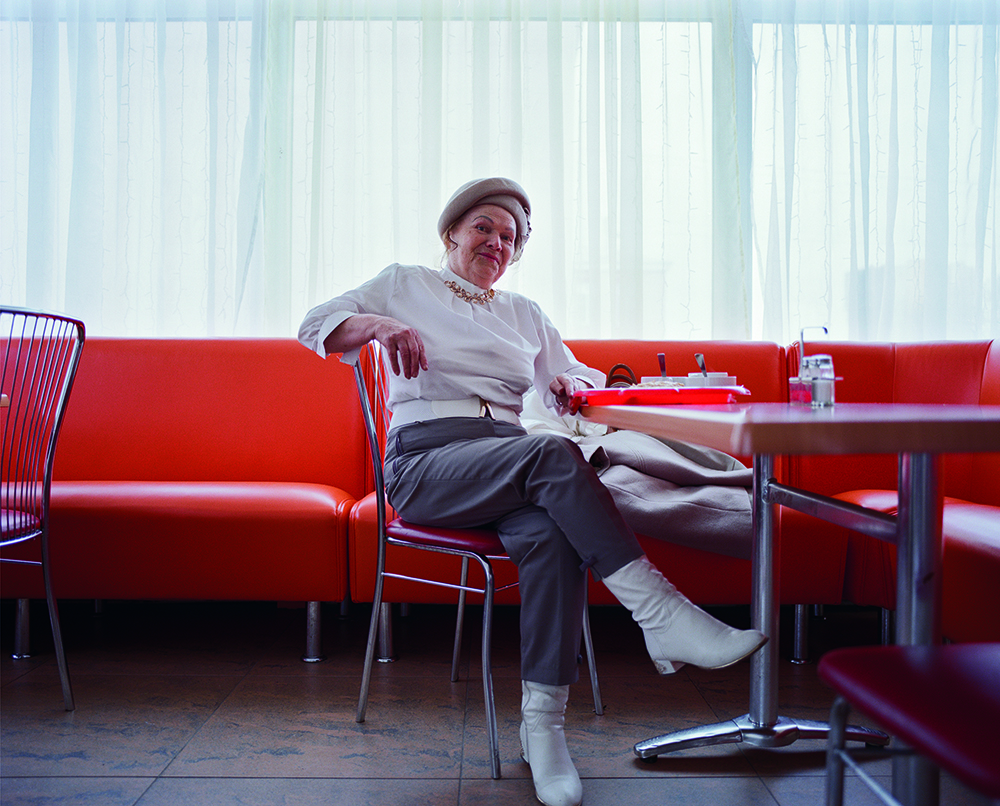
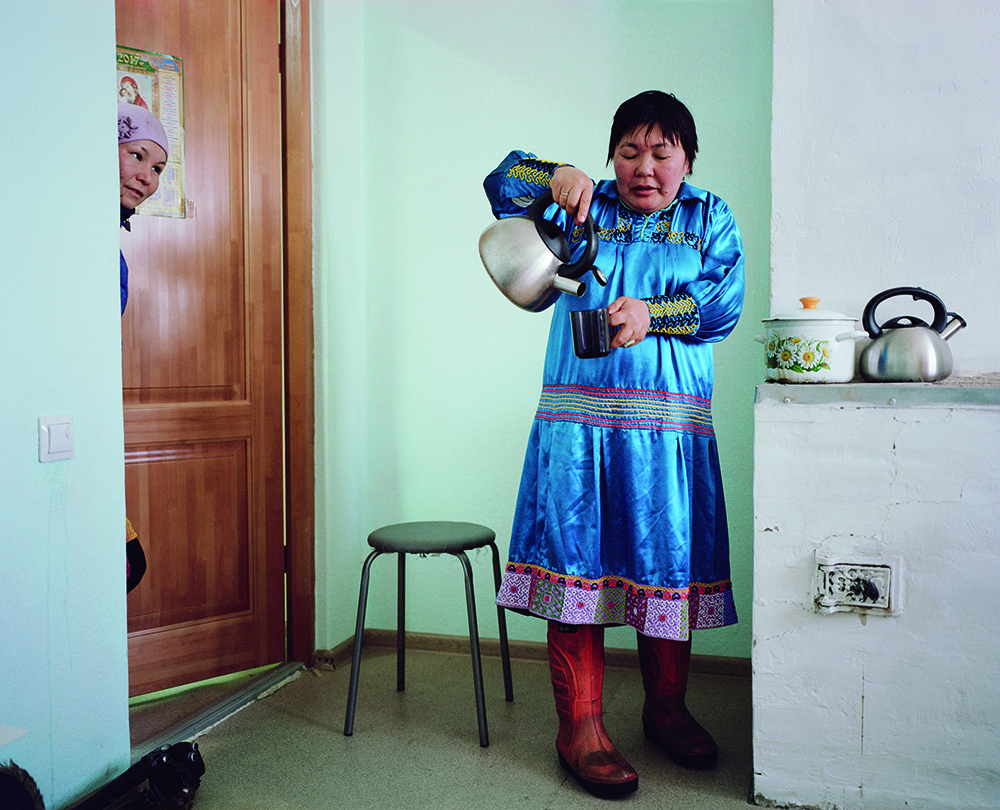
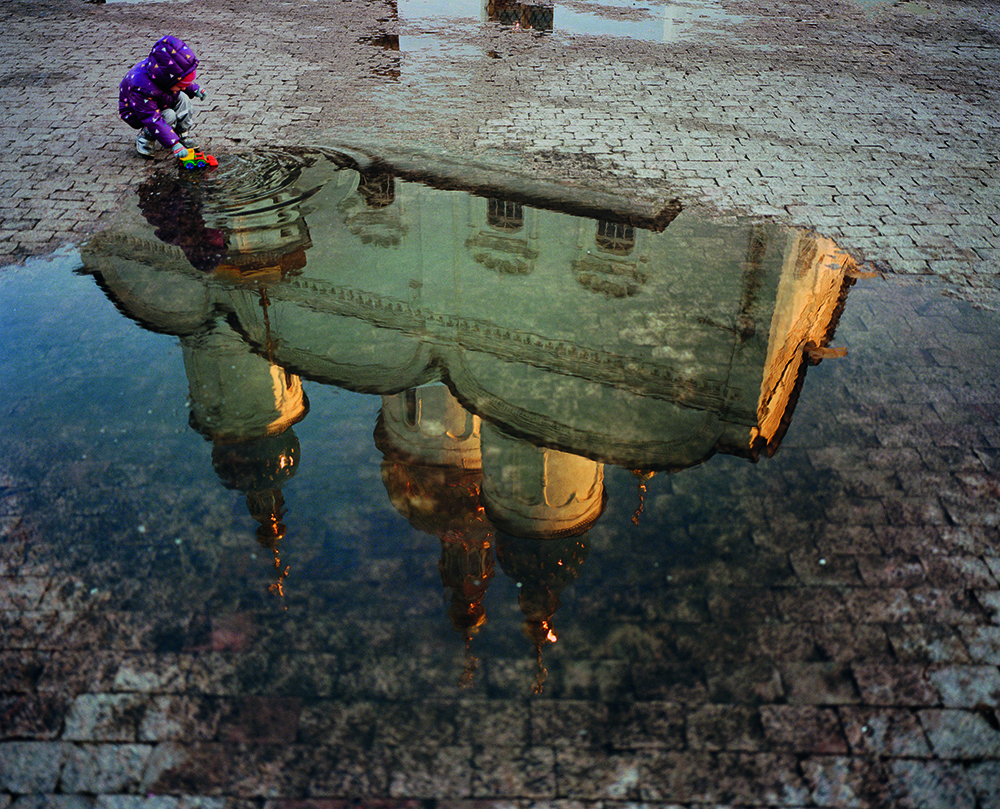
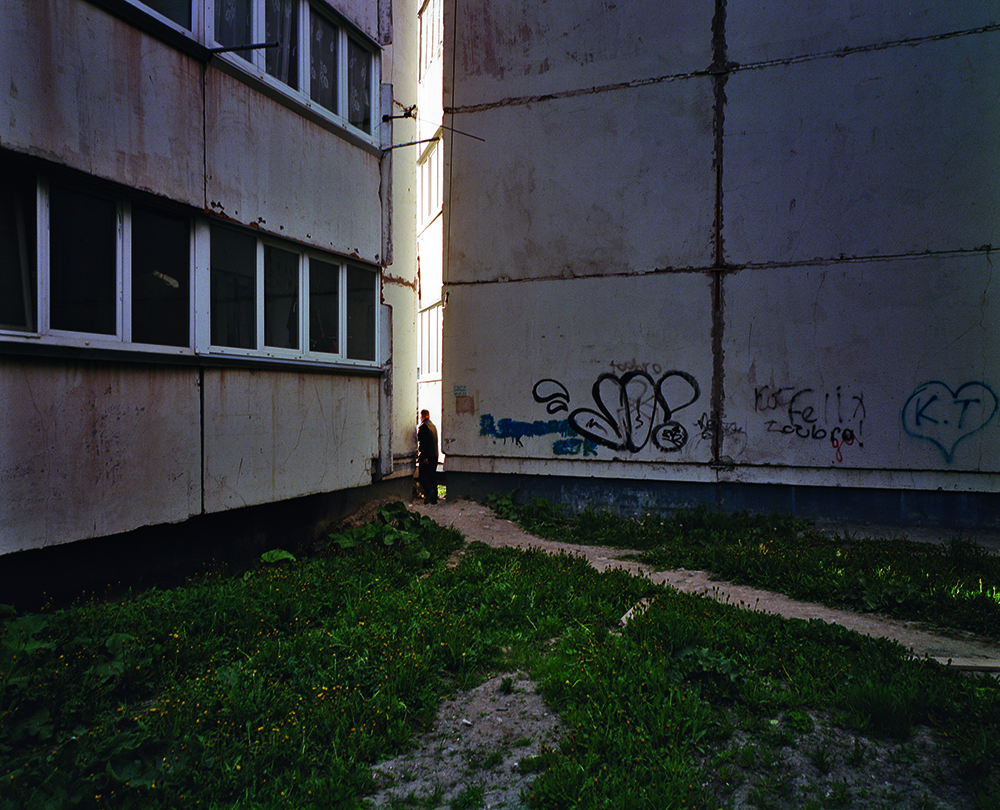
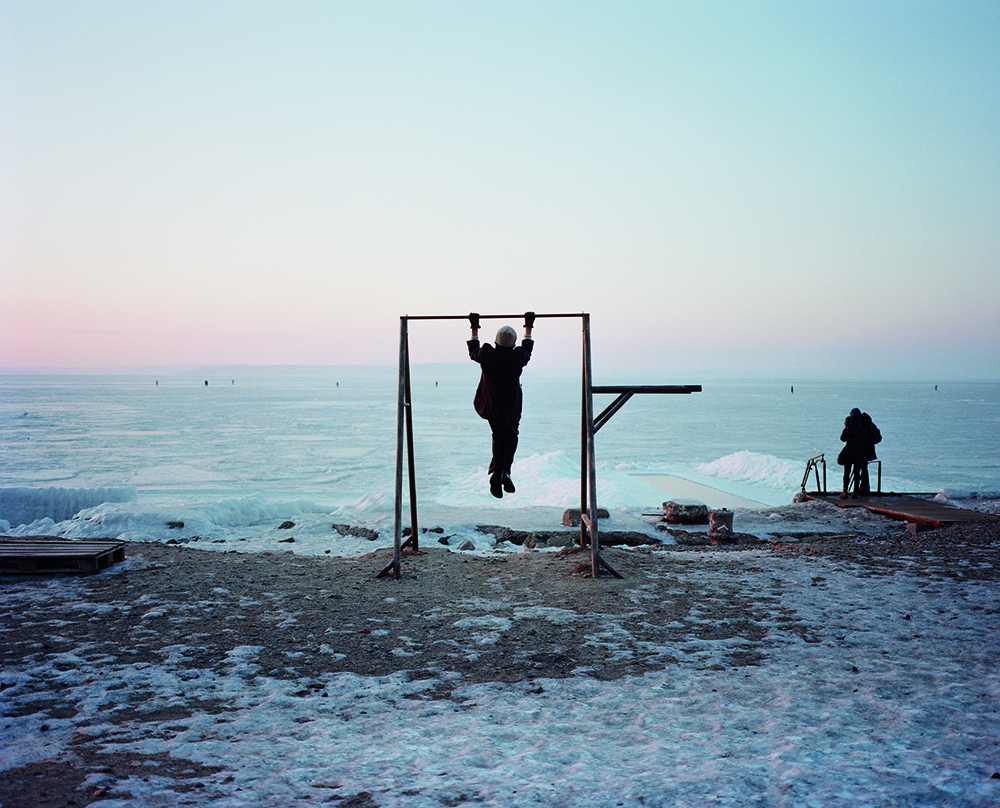
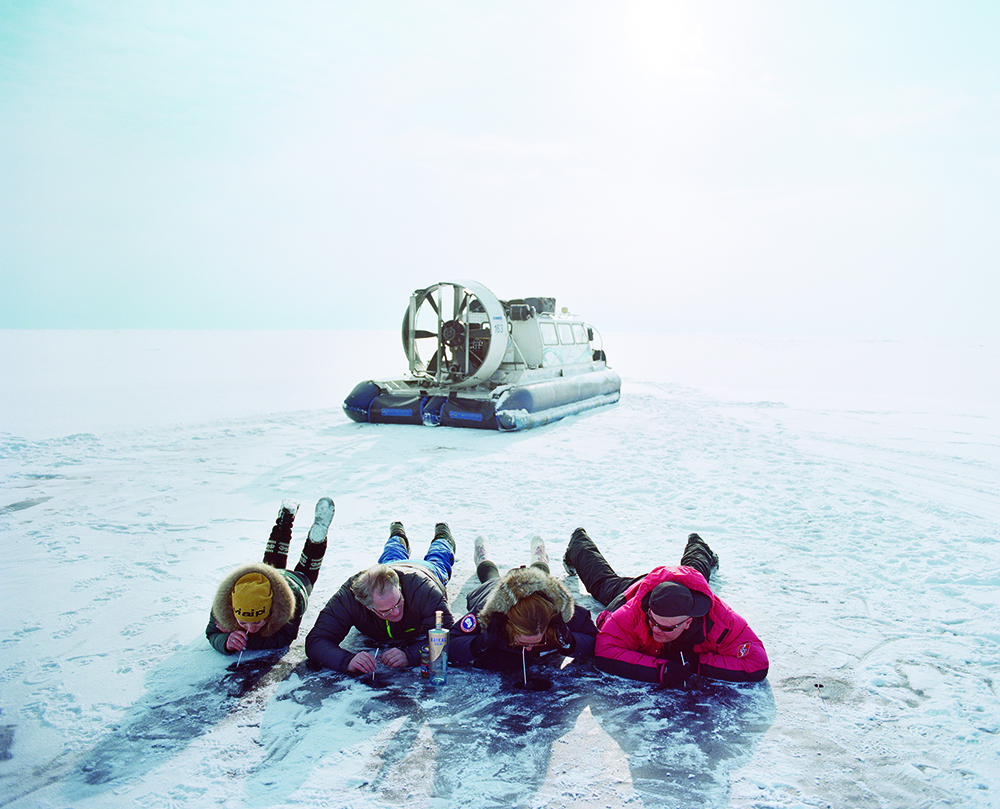
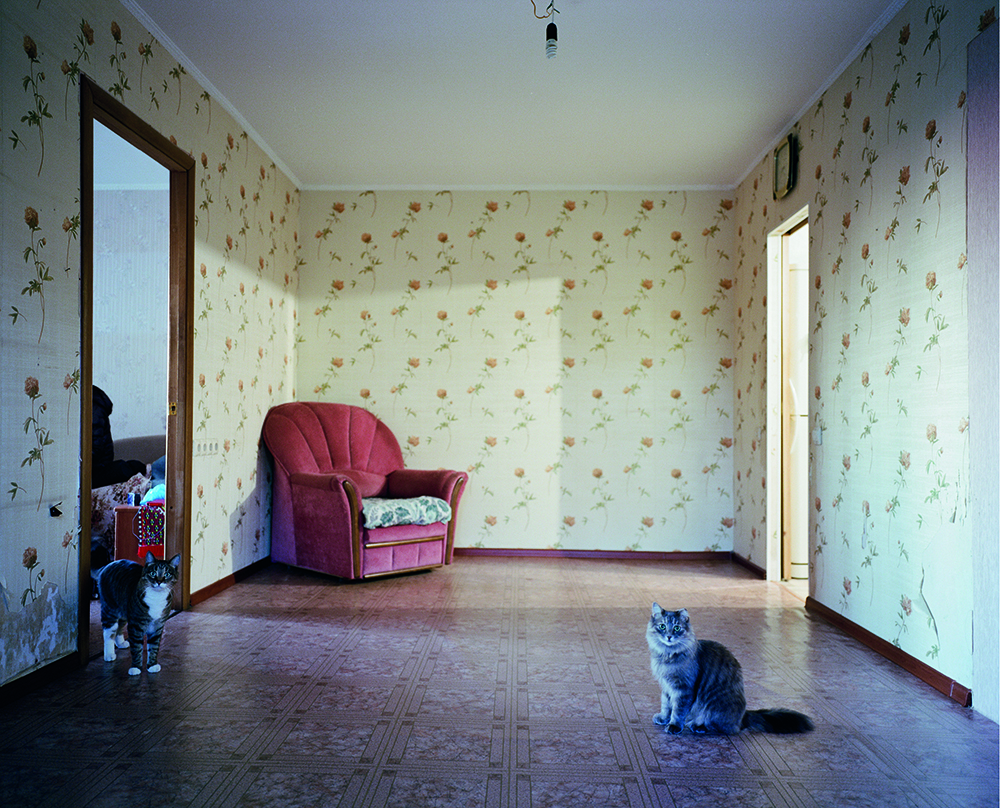
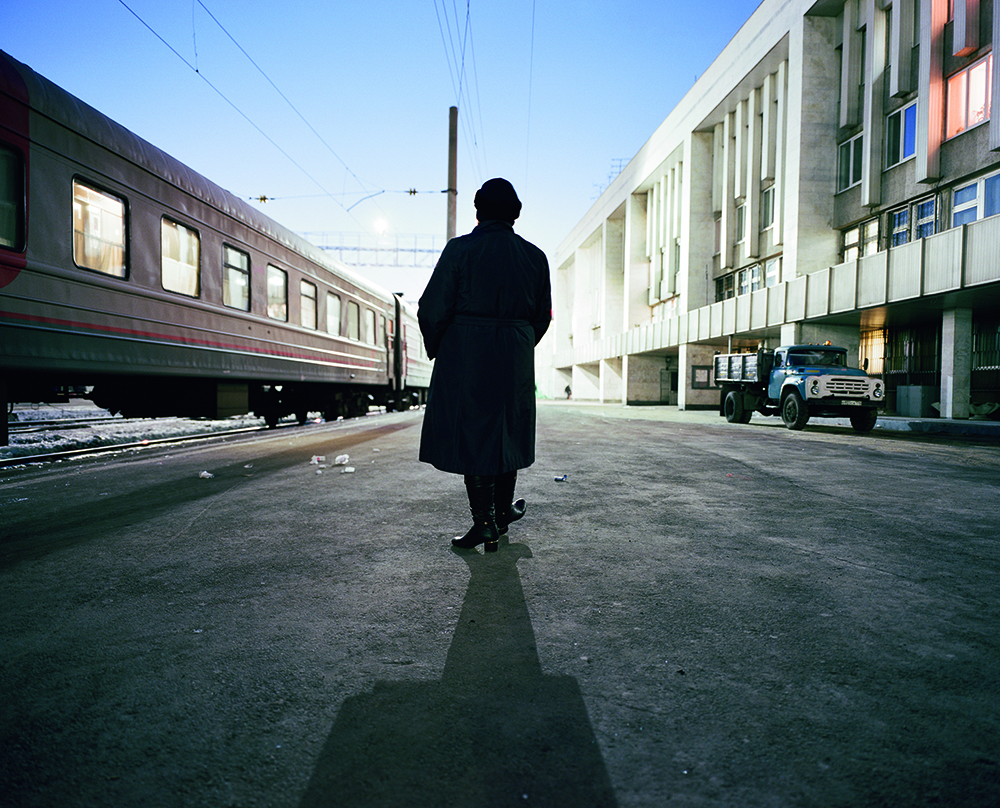
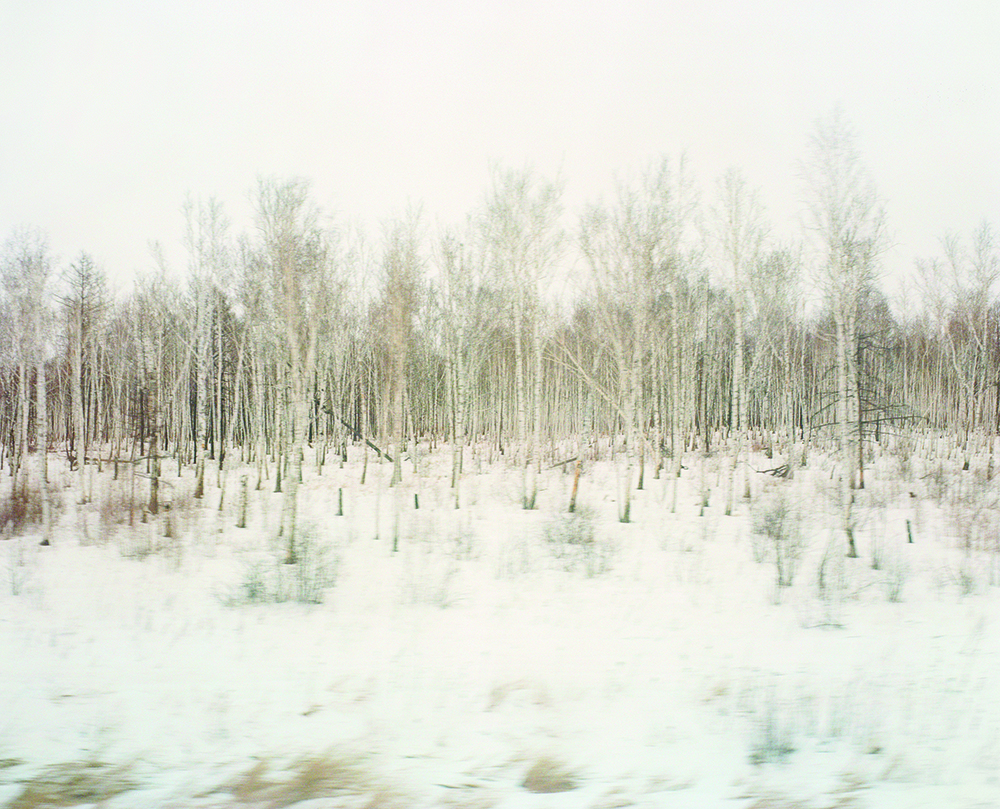
Comments
Post a Comment